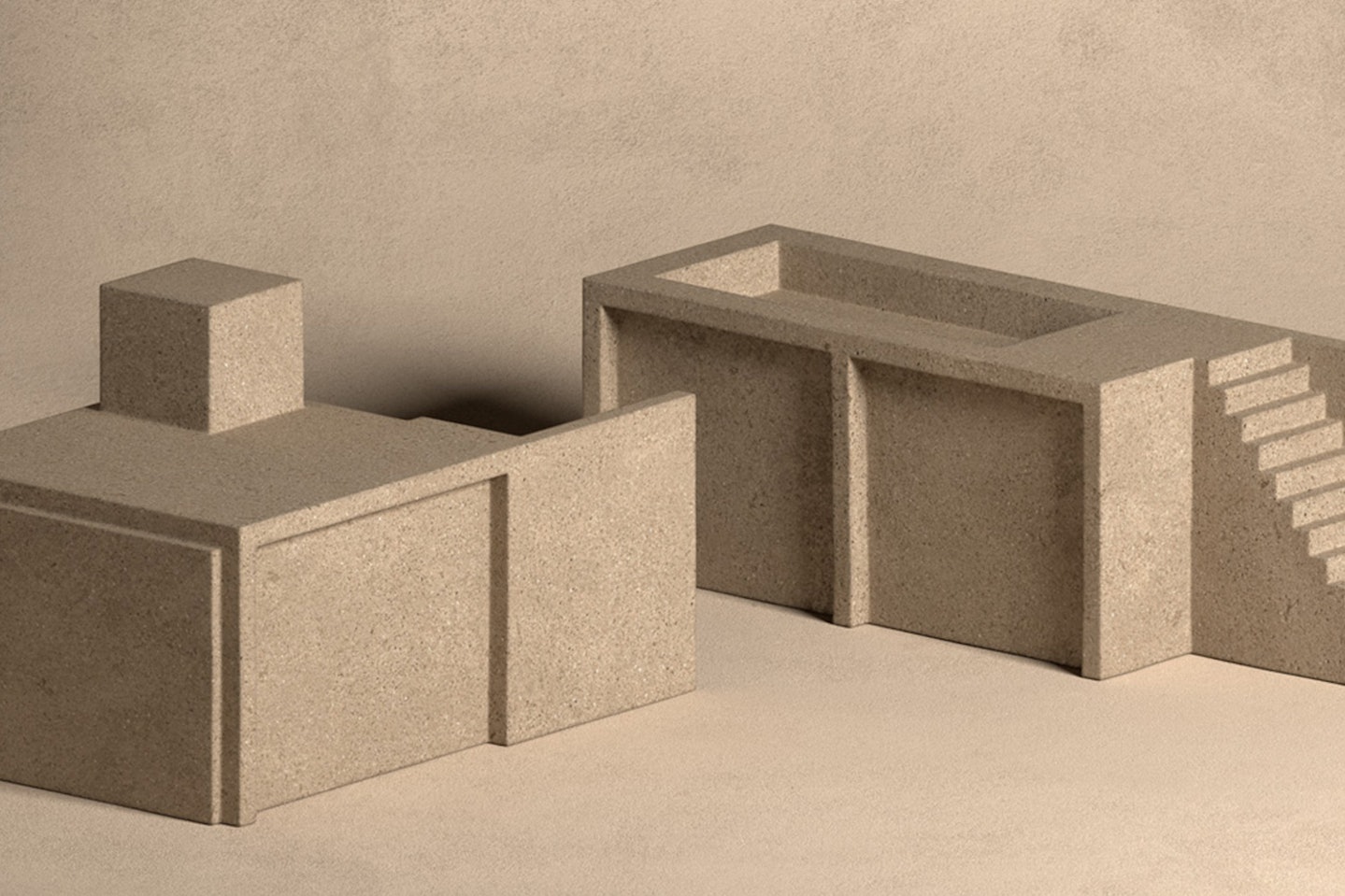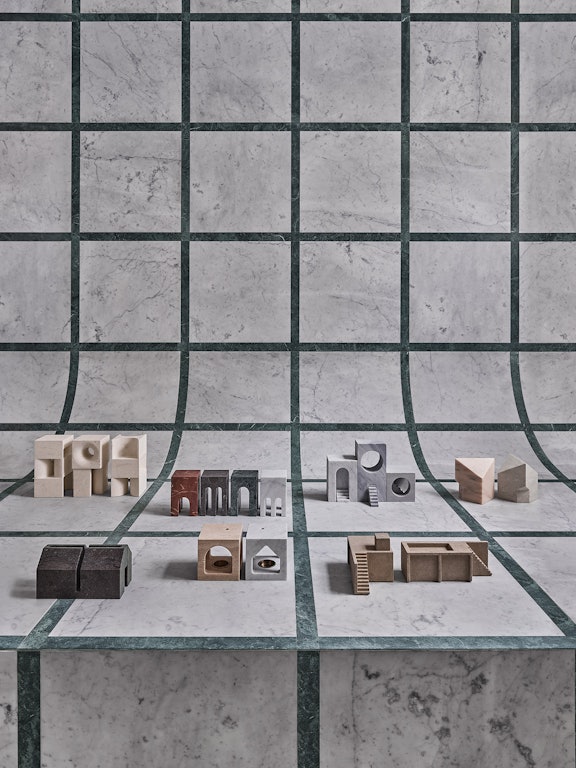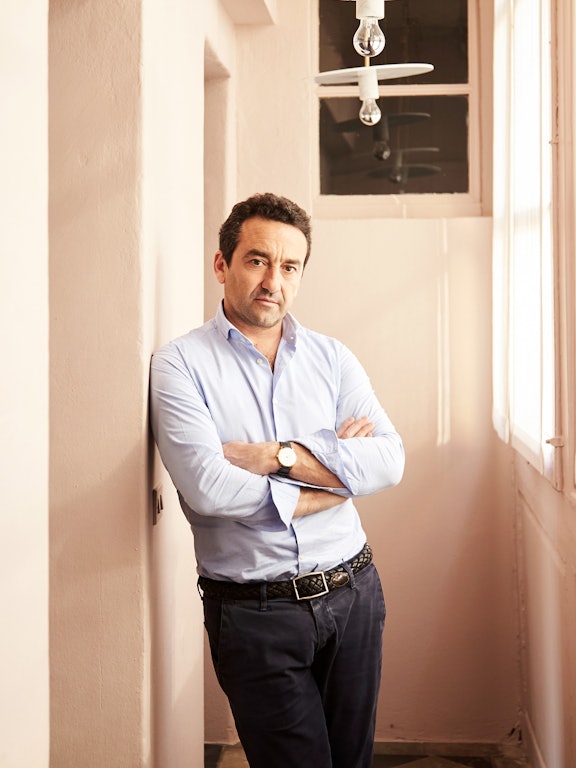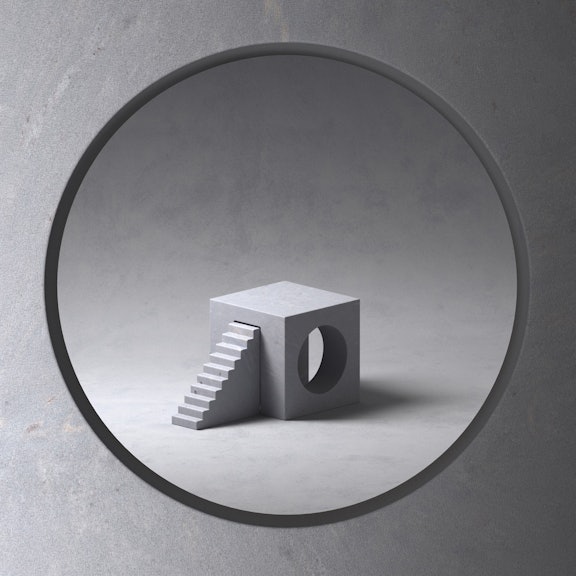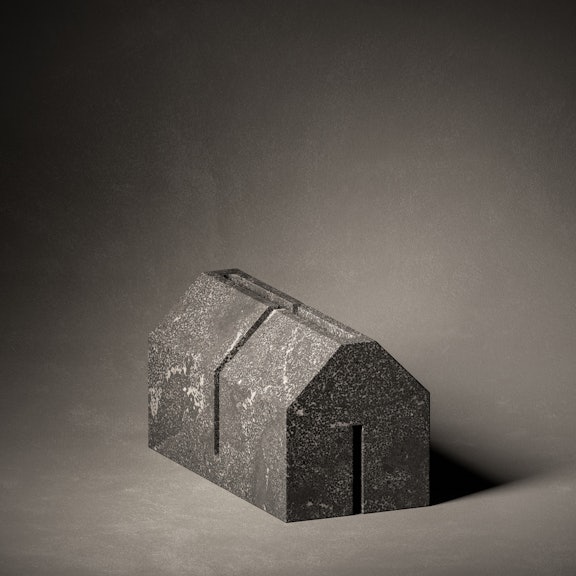The Village Collection by Salvatori: An interview with Vincent Van Duysen
03.2022
Discover Vincent Van Duysen’s contribution to The Village in this exclusive interview
We talk with Vincent Van Duysen about The Village
We have long thought of design as something that goes far beyond mere aesthetics. When we create a product, we see it also as a medium for communicating a message that is then transmitted to whoever uses, touches, experiences or looks at it.
This was the approach behind The Village, an initiative that is designed to represent the world we inhabit and how it shapes us.
Inspired by the events of 2020, The Village recounts the changes we lived through, expressed through the element that became such a focus of our lives during the long, uncertain months of lockdown. That element was, of course, our home, the place that represented a haven and a constant amid the upheaval all around us.
To pay homage to the idea of this faithful companion that became almost an extension of who we are, we decided to ask a few friends to help us do it justice. We invited architects and designers from around the world to interpret their idea of home, drawing on their own experiences and memories.
The result of this incredible creative brainstorming process is a small-scale village of miniature houses that represents the global community we live in together, where we are united, despite our different backgrounds, nationalities and beliefs.
With the contribution of Vincent Van Duysen, with whom we have worked for a number of years now, The Village is complete. We talk to the great Belgian designer and find out the inspiration behind his sculptures for this particular project and also his ideas on design in general.
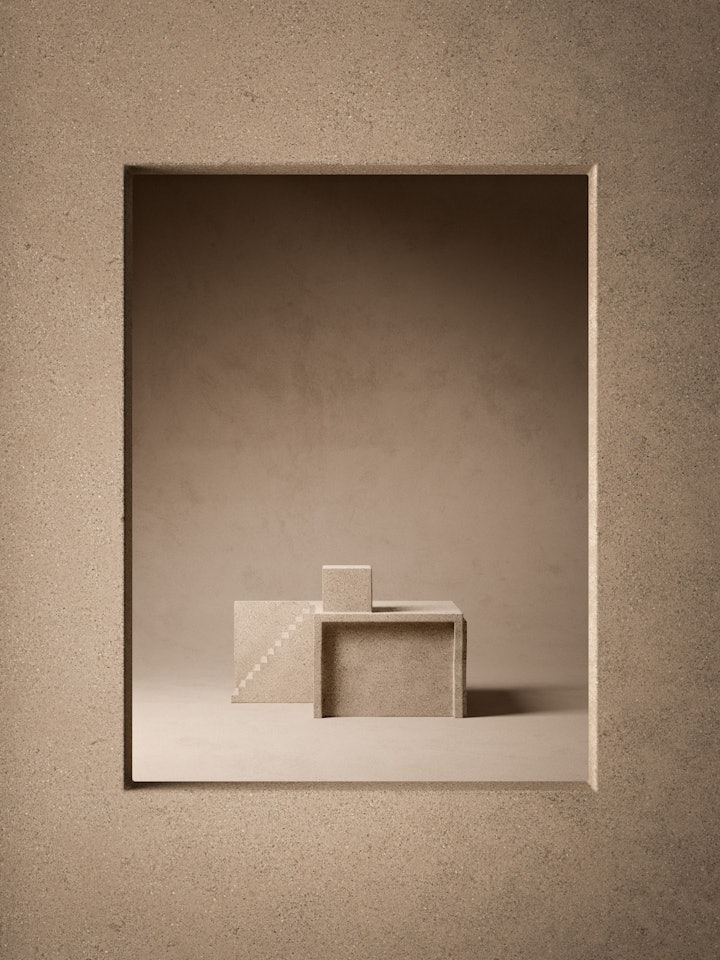
How do you see design within the context of natural stone?
I love to work with layers and contrast to achieve a sort of warm sensuality. I am not into minimalist, sober interiors. I want soul. So, to me, design applied to natural stone means exploiting its texture, its warmth, its imperfections and depth, then elevating these through great ideas and craftsmanship.
Speaking about The Village, in your view, how is design linked to our special places, those places we hold dear to our hearts?
Home is the antidote to the current yet surreal status quo and it’s where you can surround yourself with inspiration, from individuals, from art, from beauty. At my house, in the heart of Antwerp, it’s hard to believe that I’m living in a city. I have an inner courtyard, a wonderful internal garden, a body of water: all the essential elements of nature are there. As a result, I’ve become something of a hermit in my own house. I rarely venture outside, apart from a brisk walk with the dogs.
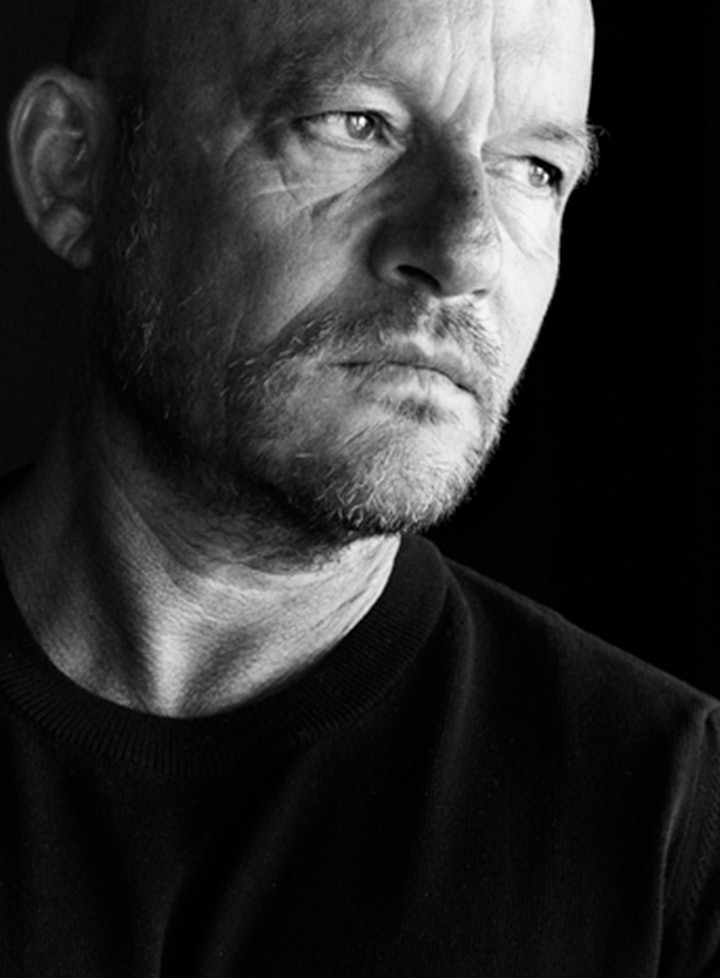
What principles guided you in designing your sculptures for The Village?
My mini houses were born out of my appreciation of Casa M, my house in Portugal. They represent an abstraction of that project which I consider like a sanctuary, a temple where I feel at ease and one with nature. And, in fact, the stone I chose is very close to the material used to build Casa M.
How important is functionality for you when it comes to design?
Functionality together with durability and comfort are the prime components of my work. My approach covers all aspects of design – with respect to context and tradition – within which the senses and physical experience of the space, materials, and light place the user at its core. My approach to design is human-centric and organic, with the human being at the centre of it.
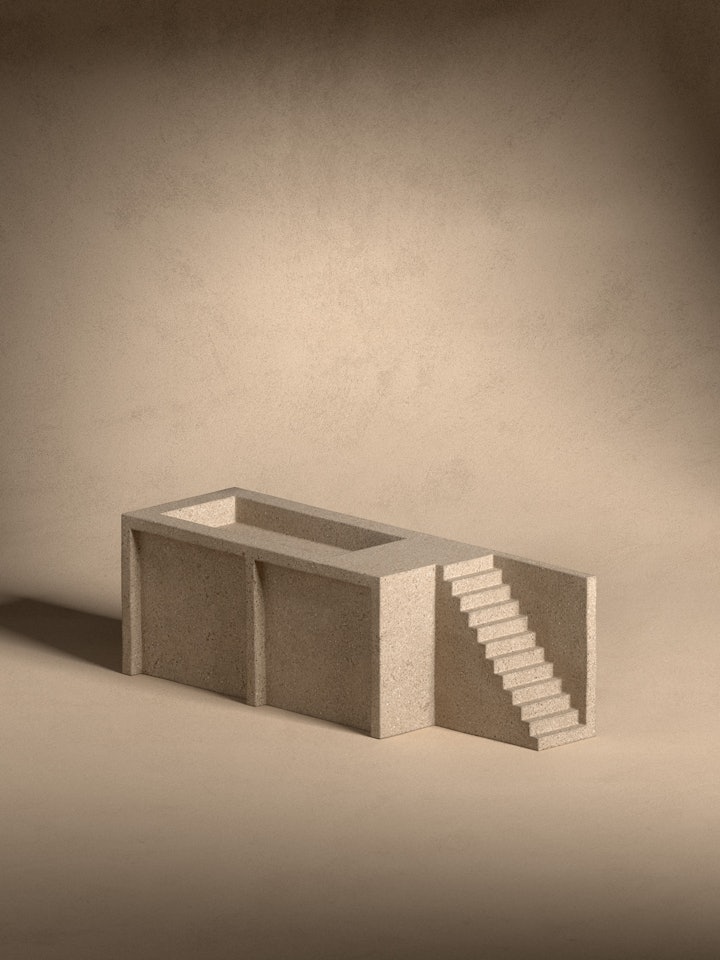
How do you see the role and contribution of sustainability in the future of design?
I believe design is becoming more and more what it should be – focused on and paying more attention to sustainability, craftsmanship, using quality materials that are pleasing to the eye. And, in fact, overall quality in general. I think in future we will see less of the typical ‘signature design’ with a very recognisable strong statement of the designer.
Design is getting – on one side – smarter, more user-orientated, production-optimised and flexible (also in the sense that the design language is flexible enough to be used in different contexts, for different purposes). On the other side, you are seeing more and more small labels or brands creating beautifully handmade, crafted objects where the high-quality materials, textures and details are clearly more important than the personal statement of the designer.
How did you find the experience of working with Salvatori?
The entire team at Salvatori is very accessible. They totally understand what we want, also because we share common values such as craftsmanship and a sense of heritage.
The Village collection of home accessories is, at least for now, complete and we have a fascinatingly eclectic community of miniature sculptures that reflect the essence of the world that surrounds us. This is a project that we hold particularly dear to our hearts and is the natural evolution of our mission to create design that touches our world in a 360-degree sense.
